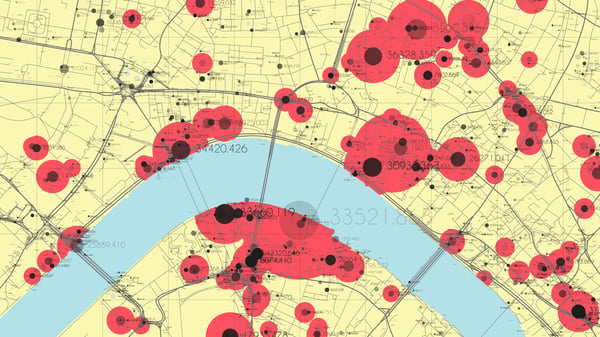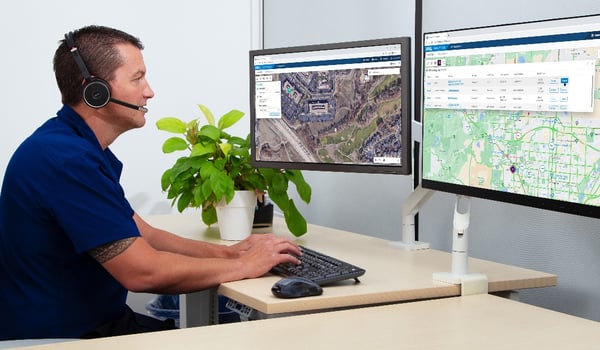4 Must-have Data Points for Dispatch-Billing Alignment and Maximum Reimbursement
Want to Continue to Cultivate Your Culture of Safety? Hire for Behavior
EMS or Fire organizations that have committed, or are planning to develop, a culture of safety have many challenges facing them
Was this information valuable?

EMS or Fire organizations that have committed, or are planning to develop, a culture of safety have many challenges facing them. For the staff that are currently employed, concentrated efforts of communication, training, relevant polices and leadership commitment is vital. This isn’t an easy task for those who were brought up with myopic attitudes. To some it’s OK to accept change when it’s easy and doesn’t significantly alter “that’s the way I’ve always done it” attitude. Others will embrace change, because they are hard wired to be an engaging steward of the organization. EMS isn’t a static profession, it’s always evolving and searching for new ways to be efficient and provide the best possible outcomes for its patients.
Hire for Behavior
One of the most important steps in achieving a culture of safety is to ensure that the people you’re hiring fit your behavior profile. I had a colleague tell me that he changed the way he hired, and it made all the difference in the world. “We now hire for behavior” he told me. Once a candidate met the credentialing standards, they were off to a robust interview process. The candidate was interview by numerous staff from various positions within the organization. The majority of the interview questions were behavior based. No longer were the standard questions of “what are you strengths and weakness?” The new questions were more on the line of “tell me about a time when you saw a co-worker doing something unsafe. What did you do?” The interviewers were trained to then ask more probing questions, such as “how did that make you feel?” or “would you be comfortable reporting a safety violation?” The process was time consuming but the results were remarkable.
Put New-Hire Candidates to the Test
In addition to the interview process, candidates should demonstrate their skills not only from a clinical standpoint, but how they react in certain situations. I like the way the airlines do it. Sure they know the pilot can fly, but you gain so much more insight as to what kind of pilot they are by putting them in the simulator and throwing all kinds of anomalies at them. Unlike the airlines, you don’t need a high-fidelity sim lab to observe your candidate. A training room with observers, mannequin and equipment can suffice. The intent is to observe behavior in addition to communication, teamwork and clinical proficiencies. Develop unsafe situations and see if your candidate can recognize them, and if they do, what action(s) do they take?
Do a Background Check (& Do it Each Year)
One other good measure of a candidate’s behavior is to conduct criminal and motor vehicle background checks. All insurance companies will require a background check for moving violations and preventable crashes. They should be able to provide a matrix of violations and at fault crashes over a time period that rates the candidate as “Acceptable,” “Marginable” or “Unacceptable.” Some organizations fail to make this step mandatory for current staff annually. A lot can happen between three-year renewal periods, and you don’t need to find out you have a staff member with revoked or suspension driving privileges. Do a random "behavioral test" where you re-check background criteria that is important to your organization.
Change can be hard, especially when it comes to culture. You don’t need to tackle it alone. There are many resources available that can help provide the training and tactics to help you reach your end goal. I would suggest “The Just Culture” from Outcome Engenuity. They have very successful tracks in Aviation, Healthcare and now EMS. There is also a good review draft from the National EMS Advisory Council (NEMSAC) titled "The Strategy for a National Culture of Safety in EMS" that has additional resources to review.
Related Posts
How EMS Agencies Can Reframe Need and Refocus Resources With Geospatial Analytics
How To Minimize Radio Chatter and Reduce Guesswork With Smarter Dispatch Resource Management
ZOLL Pulse Blog
Subscribe to our blog and receive quality content that makes your job as an EMS & fire, hospital, or AR professional easier.
ZOLL Pulse Blog
Subscribe to our blog and receive quality content that makes your job as an EMS, fire, hospital, or AR professional easier.




